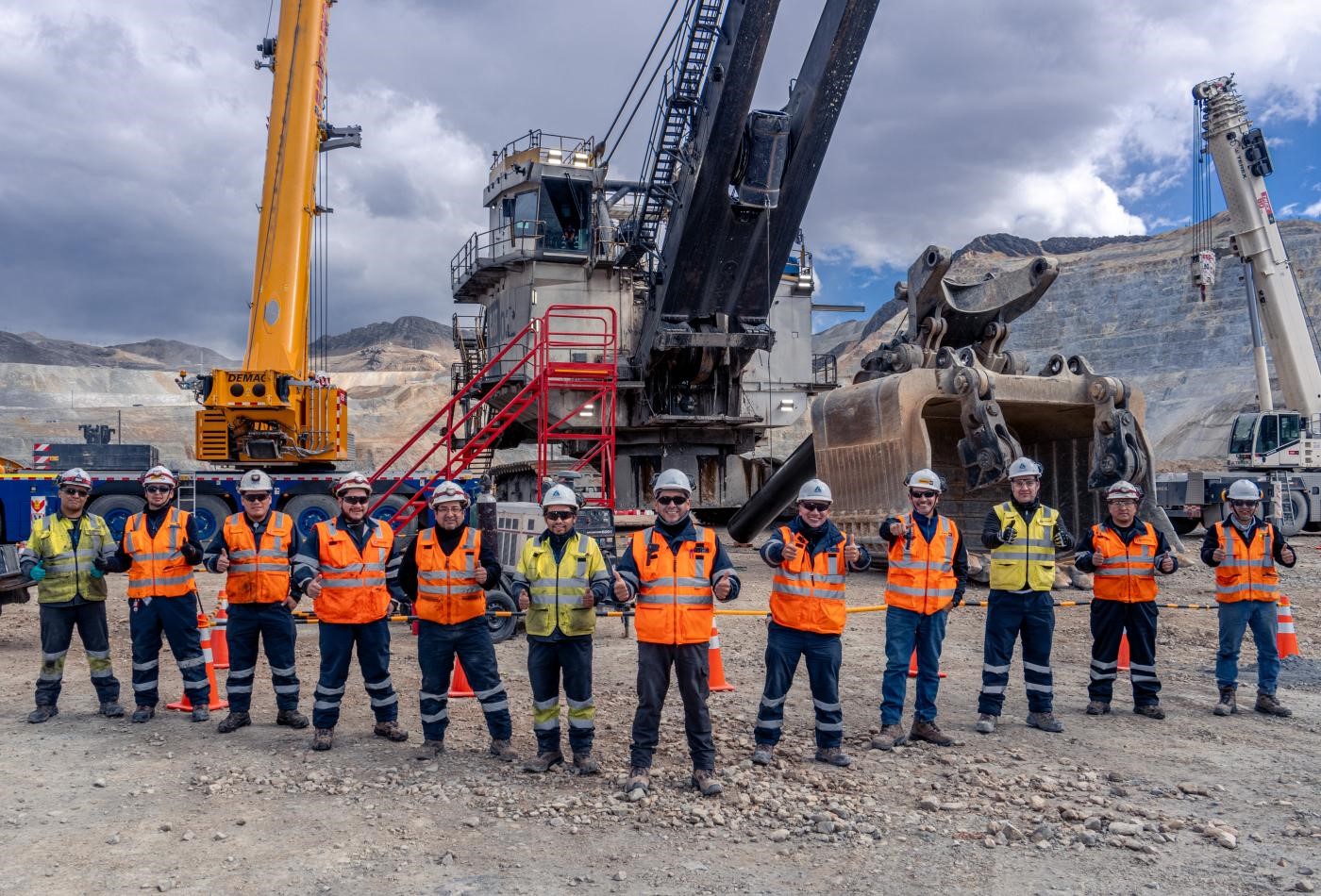

In the latest edition of the Catalogue of Industrial Water-saving Technologies by the Ministry of Water Resources and the Ministry of Industry and Information Technology, notable advancements in water-saving technologies within the aluminium industry have been acknowledged. Chinalco Group, a prominent player in the industry, has successfully secured recognition for five of its water-saving technologies.

One noteworthy technology is the "New Process for Fluorine Production Wastewater and Initial Rainwater Treatment in the Electrolytic Aluminum Plant", developed by the Shenyang Institute. This innovative approach tackles the treatment and reuse of fluorine production wastewater and initial rainwater from electrolytic aluminium enterprises. It effectively addresses the challenges posed by characteristic pollutants such as oil, ammonia, nitrogen, and fluorine in the wastewater, making it particularly suitable for electrolytic aluminium processing.
Similarly, the "Zero Discharge Technology for Copper Smelting Wastewater" from the Changsha Institute is a promising development applicable to the treatment of various wastewaters in copper smelting. Its potential lies in efficiently managing acid, acidic wastewater, production wastewater, initial rainwater, and domestic sewage. This technology is currently undergoing widespread promotion and application.
Chihong Huize smelting contributes to lead-zinc smelting with its "Lead-Zinc Acid Resource Utilization Technology," which is specifically tailored for wastewater treatment and reuse in this industry. Notably, this technology addresses the challenge of recycling polluted acid with high arsenic impurity content, making it a valuable addition to lead-zinc smelting processes.
Furthermore, the "Copper Smelting Flue Gas Acid System and Device" by Southwest Copper Industry stands out for its approach to reducing water consumption and facilitating the treatment of sulfuric acid production from copper smelting flue gas. The system employs a horizontal circulation device to achieve a remarkable 95% wastewater reuse rate.
These advancements underscore the commitment of the metal industry to environmentally sustainable practices, reflecting a broader trend of incorporating cutting-edge technologies for efficient water management and resource utilization.
In conclusion, the highlighted technologies signify a significant stride towards sustainability in the aluminium industry, showcasing a commitment to responsible water usage and pollution reduction. These innovations align with the industry's continuous efforts to minimize environmental impact and enhance overall operational efficiency.
If you wish to learn more about the sustainable practices in the entire aluminium value chain, please have a look at AL Circle’s special report on the same, Sustainability in the Global Aluminium Industry.



Responses






